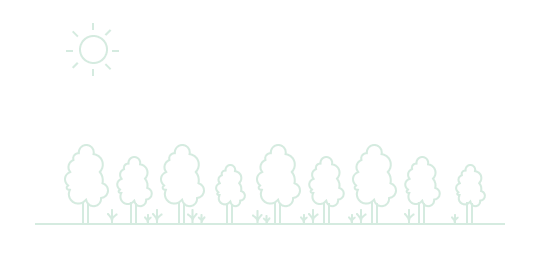AGRICULTURE
The Future of Farming
Global food production must change radically over the next ten years. We need to produce more food, and it must be done in a way that is better for the climate and nature.
Agricultural land accounts for 37% of the world’s land area, and emissions from agriculture make up about 30% of the world’s total emissions. The potential to produce more food in a way that is better for the climate and nature is huge but has been vastly underexplored. So far, priorities have almost exclusively focused on producing the cheapest possible food, without considering sustainability in relation to the climate and nature crises. Much must change in the next ten years. For example, agricultural land holds a large, untapped potential for carbon sequestration.
Sylva will contribute both directly and indirectly to more sustainable agriculture in several ways:
- Collaborate with actors engaged in sustainable food production by allowing them to use the farmland at Hauger Gård (for example: Dyster Gård and Eijos).
- Operate livestock management independently that fits within the nature and climate forest concept.
- Collaborate with researchers who need land for research and piloting new agricultural methods (for example: Bellona).
- Collaborate with technology companies developing solutions for sustainable food production (for example, Monil).
- Use currently unused areas for productive purposes (for example, use land under power lines for Woodstore carbon chambers, which can later become pasture or areas for growing young trees).
- Improve agricultural land through terrain modification using Woodstore carbon chambers.

